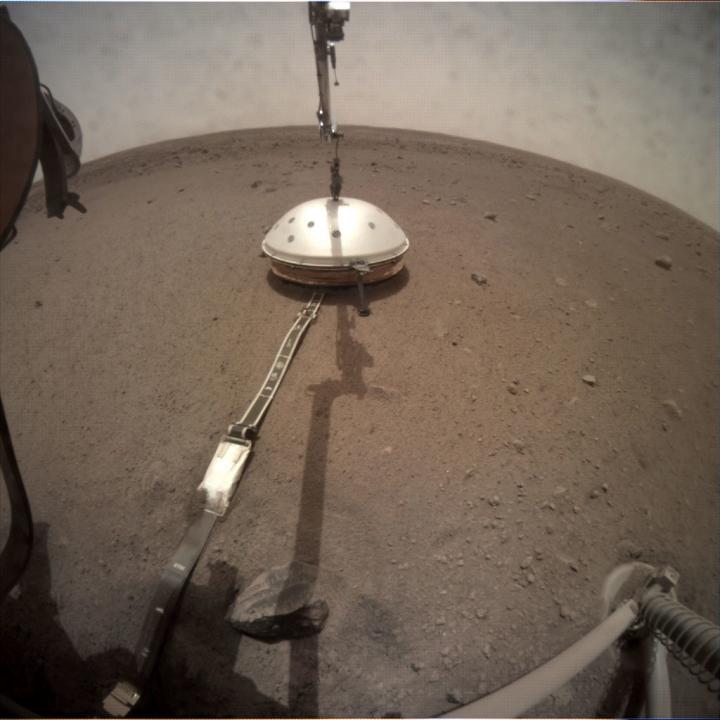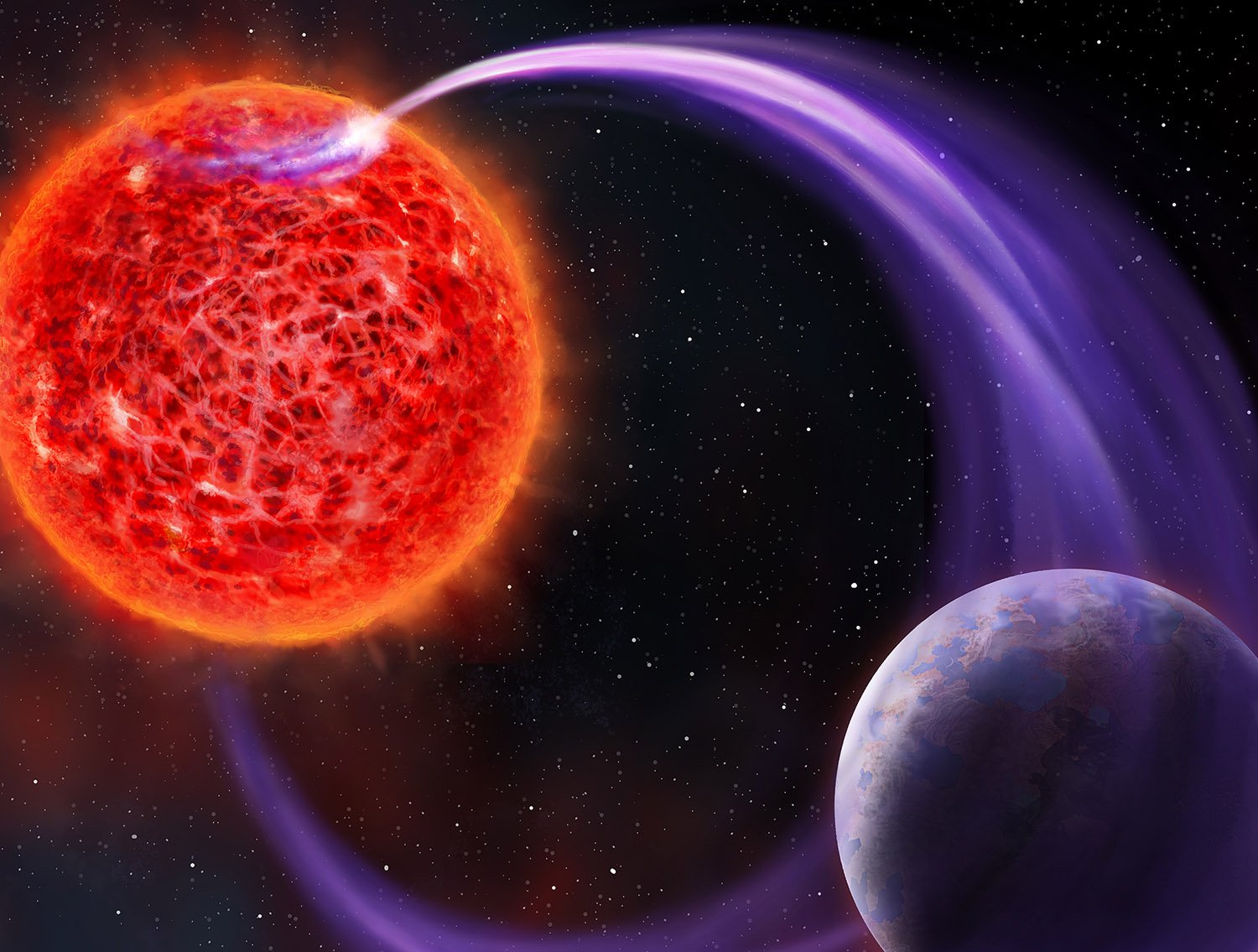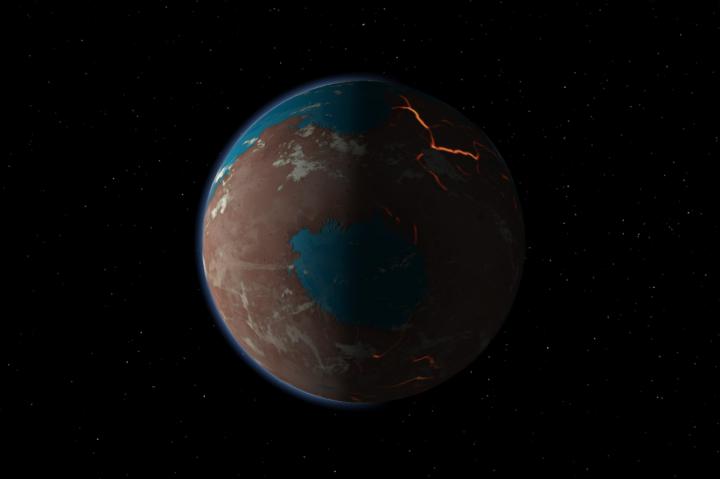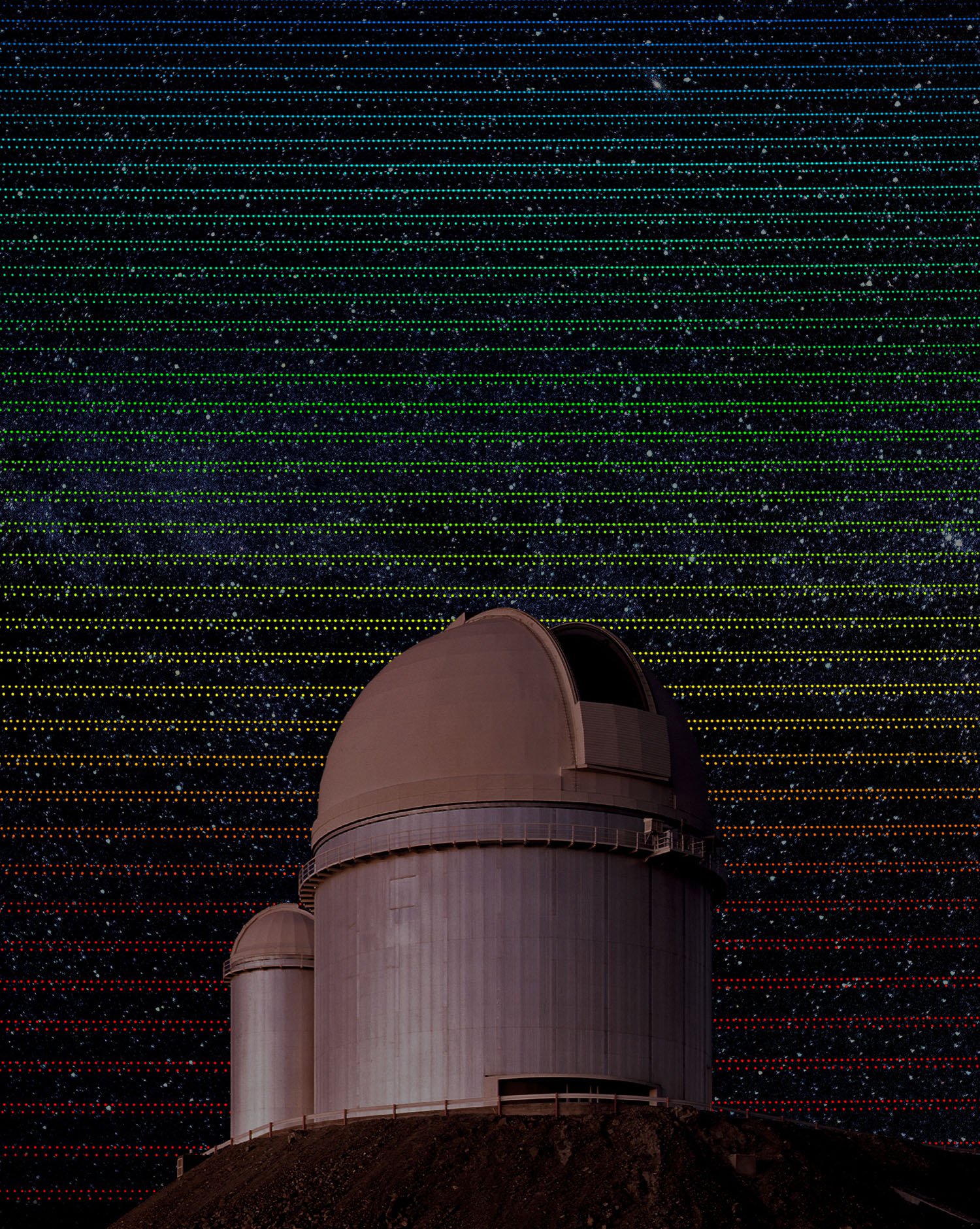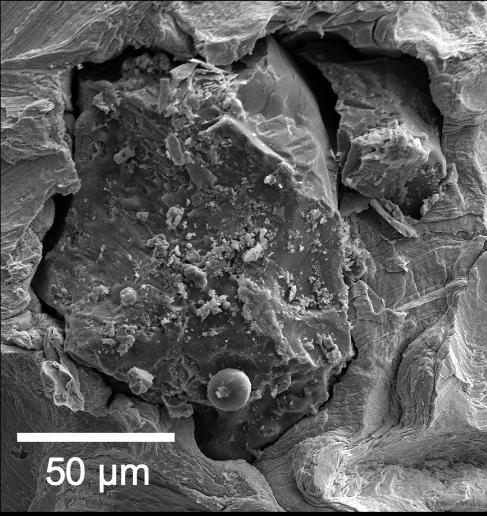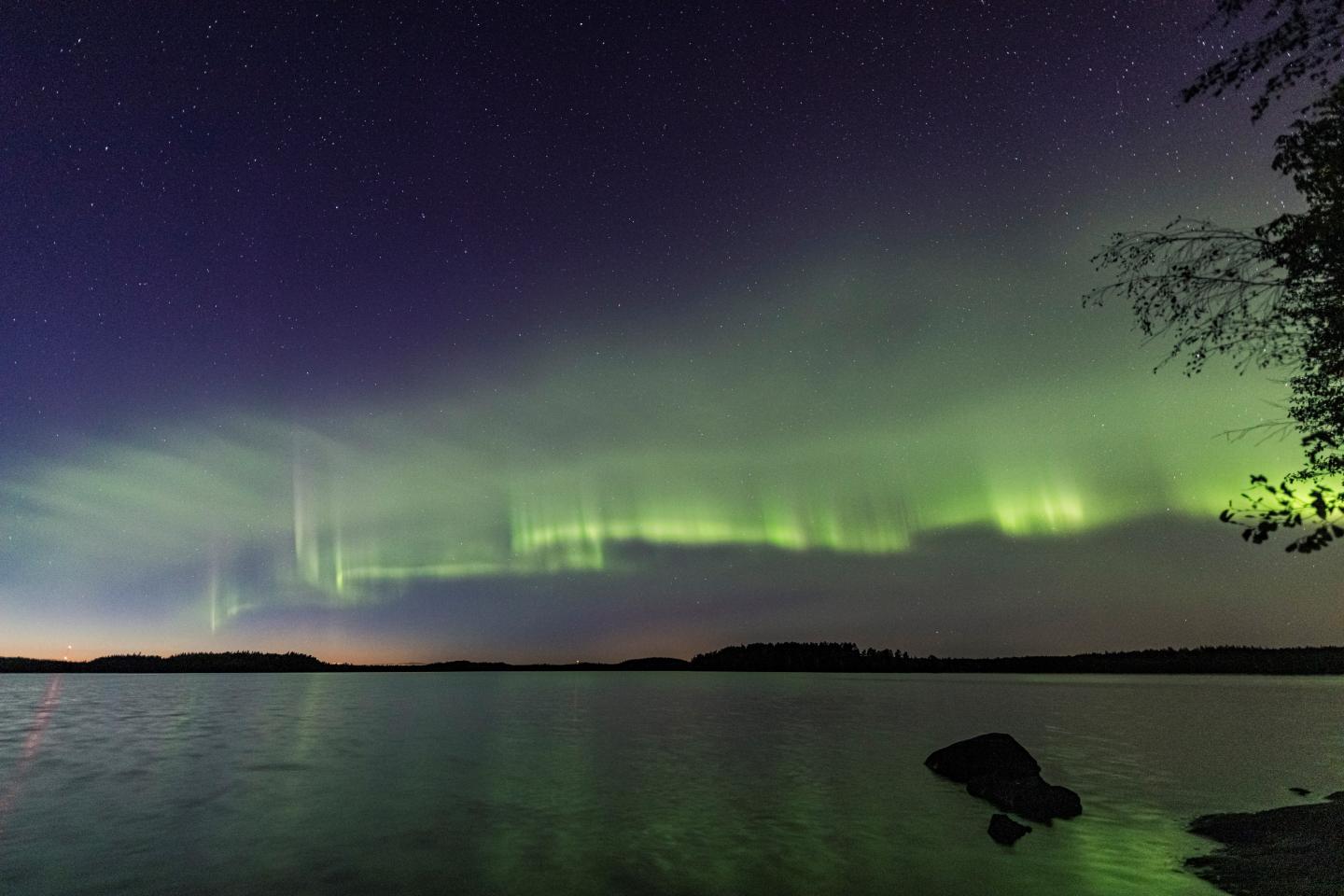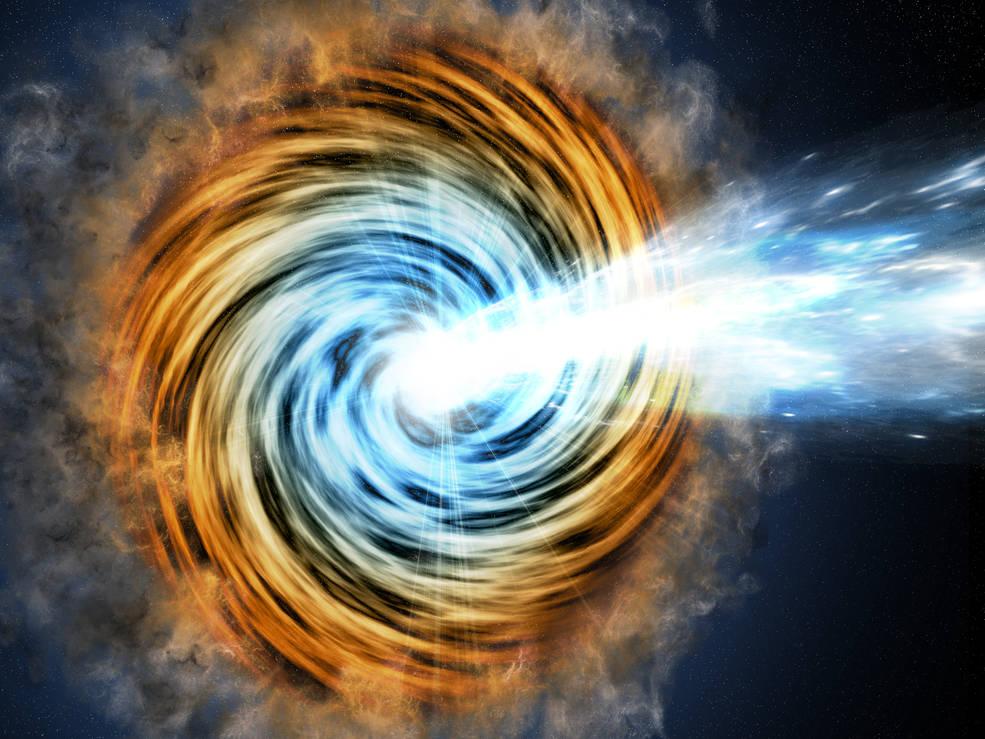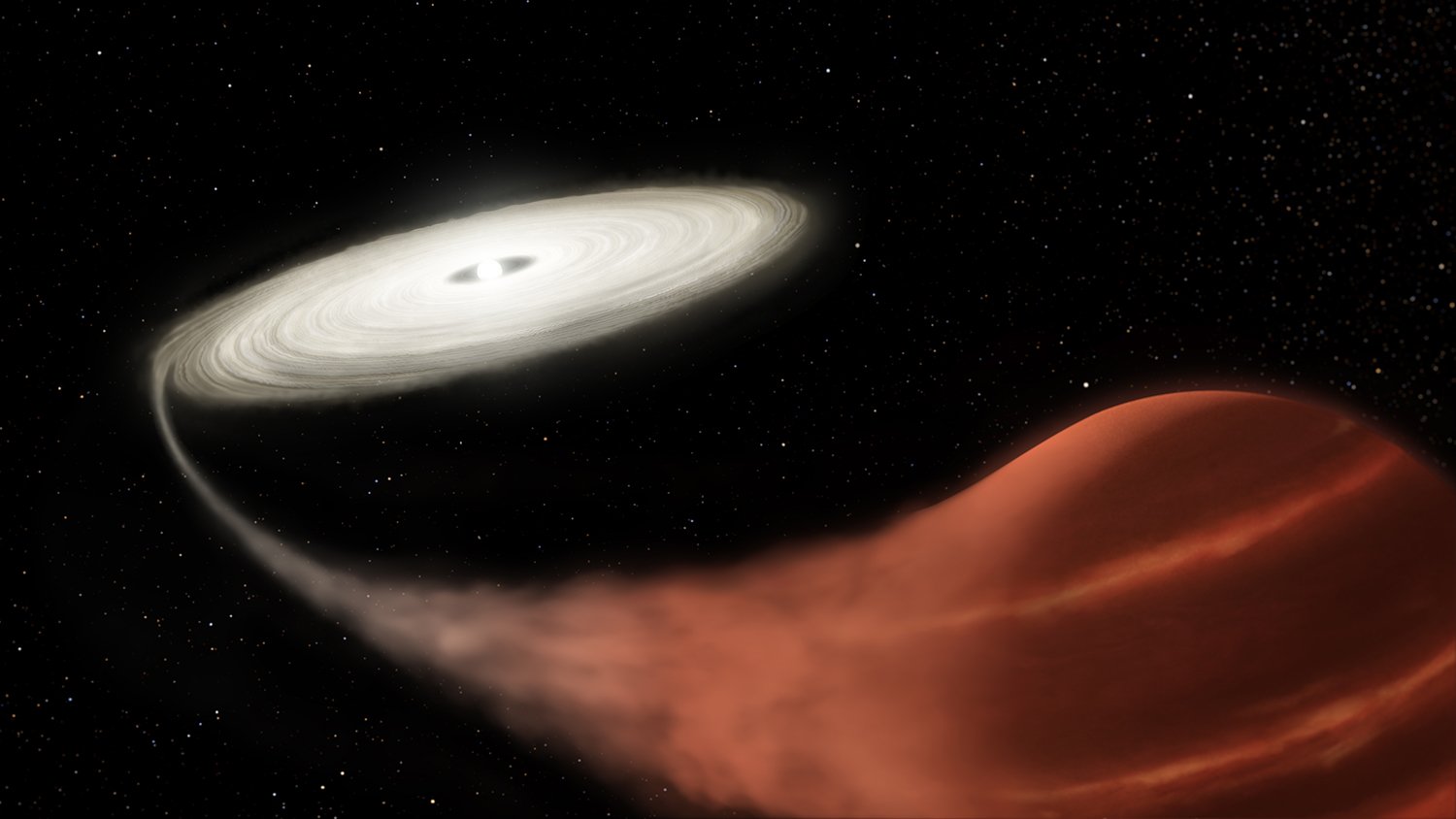Voyager 2 reaches interstellar space
Nature Astronomy Don Gurnett, Bill Kurth University of Iowa Voyager 1 has a companion in the realm of the stars. Researchers at the University of Iowa report that the spacecraft Voyager 2 has entered the interstellar medium (ISM), the region of space outside the bubble-shaped boundary produced by wind streaming outward from the sun. Voyager … Read more
